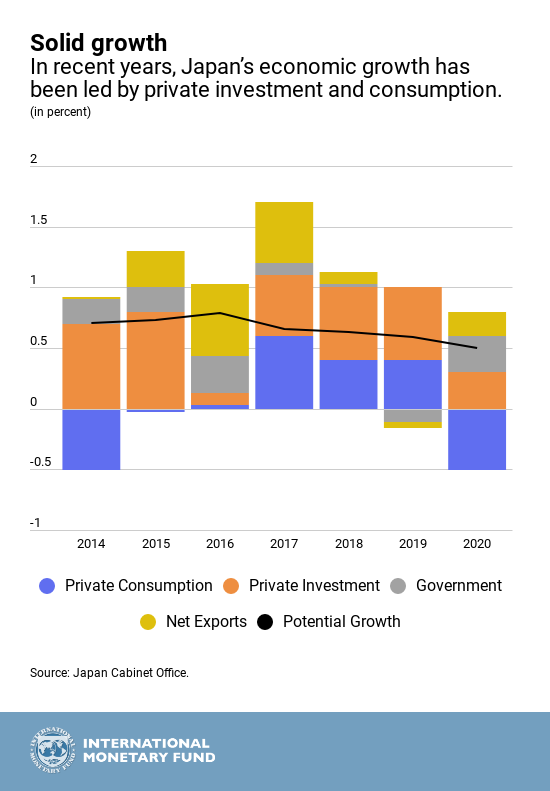Japan is firing on all cylinders to mitigate economic fallout, and frankly, it’s about time. Chief Cabinet Secretary Yoshimasa Hayashi just laid out a five-pillar plan that goes beyond mere rhetoric – it’s a desperate attempt to stabilize a nation facing mounting pressures.
Let’s break down what this really means. First, safeguarding employment is paramount. This isn’t just about headline numbers; it’s about preventing a societal fracture. Secondly, investing in human capital – skills development – is crucial. They need to equip their workforce for the future, not cling to yesterday’s industries.
Then comes the kicker: boosting domestic consumption. Japanese consumers have been notoriously cautious, and they need incentives to open their wallets. Support for citizens’ livelihoods is a given, but it’s the fourth pillar – reshaping the industrial structure – that’s most interesting. This signals a serious acknowledgment that the old ways aren’t working.
Finally, enhancing competitiveness. Japan needs to innovate, and quickly, if it wants to stay relevant on the global stage.
Diving Deeper: The Core of Japan’s Strategy
Japan’s approach isn’t novel, but the intensity is noteworthy. The focus on employment isn’t simply about full employment statistics; it’s about ensuring social stability in an aging population.
Talent development is key. Traditional manufacturing dominance requires a skilled workforce, but the future demands digital literacy and adaptable skills.
Stimulating consumption is a perpetual challenge. A shift towards encouraging domestic spending, rather than relying on exports, is vital for sustained growth.
Industrial restructuring is essential. Moving beyond legacy industries and embracing future tech is a necessity, not a choice.
Ultimately, a competitive edge lies in innovation. Japan must double down on R&D and fostering a business environment conducive to new ventures.







